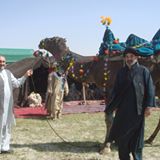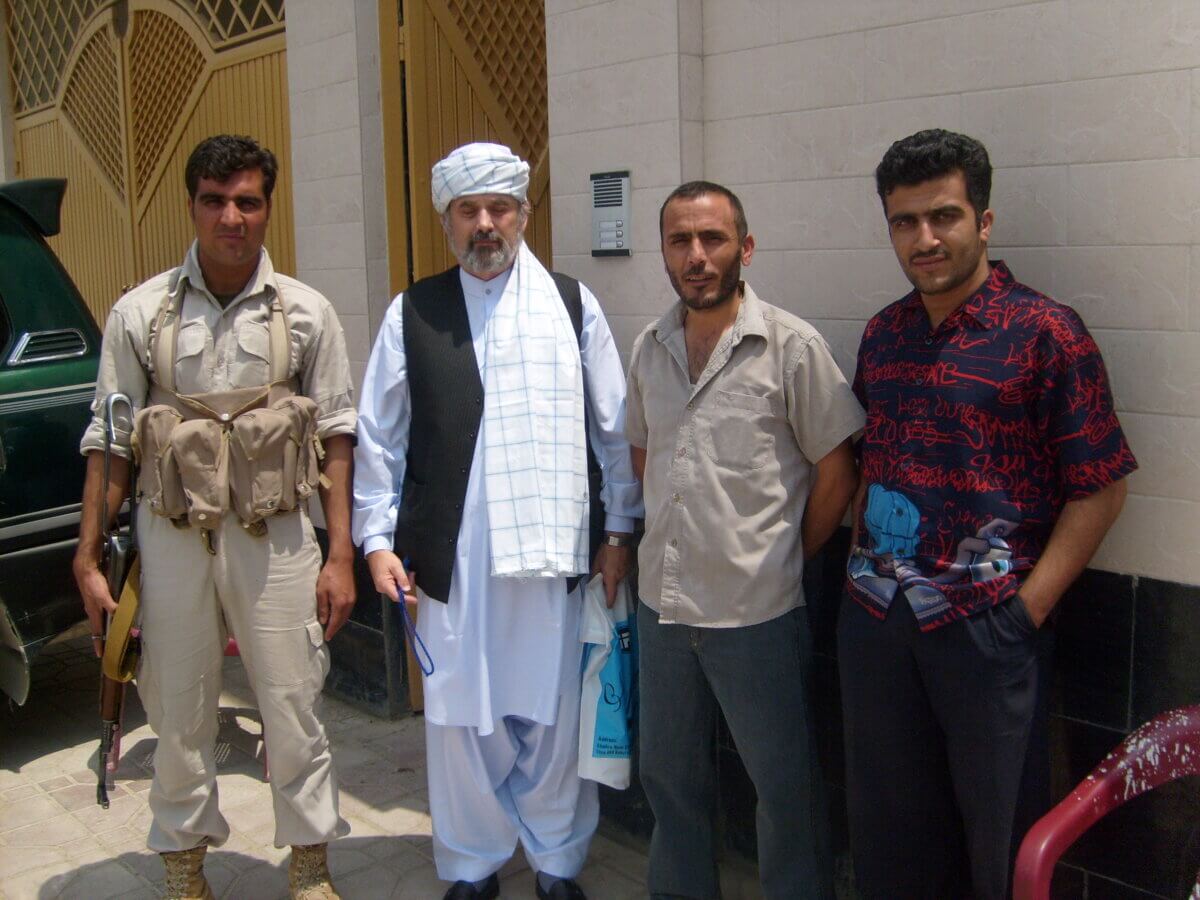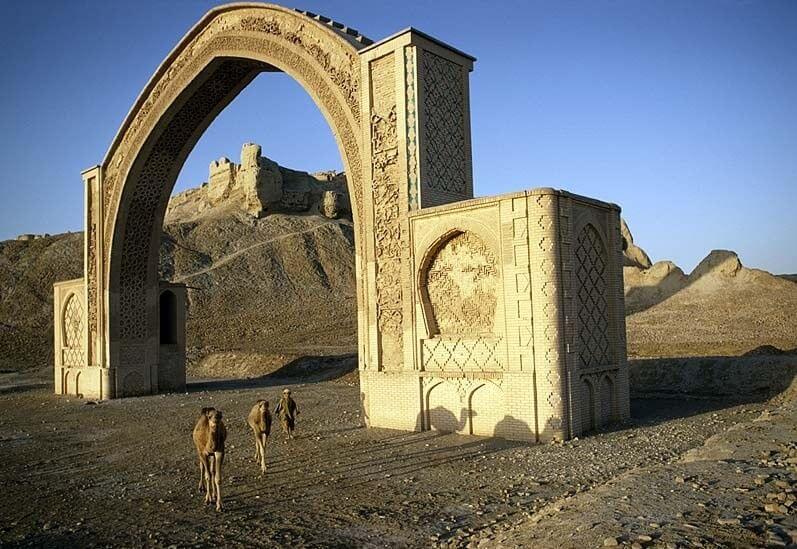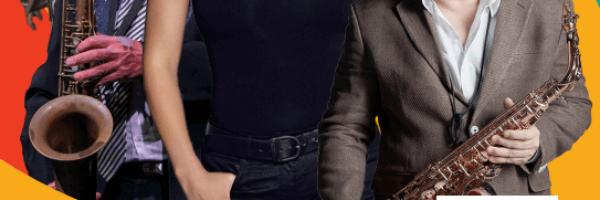
Raiders of the Lost. . .er, Fortress?
An old college friend asked me to dispose of his son’s banknote and coin collection since he is going into US government service and has lost interest in the hobby. For the past 25 years or so, every time I would go to an exotic location around the globe, I would raid whatever local markets they had for stray paper money and coinage, then ship the goods to him. I have long forgotten what and how many items I had mailed him over the years.
Come to total up my generosity, as he is sending me back everything in lots over time for sale, I am amazed at what I donated. Over 1800 paper currency bills and perhaps 10,000 assorted coins. I have looked at some of the banknotes. Even I can see that the majority of them are headed right for the bargain basement bin due to condition and commonality. But more than a few are worth a fair amount of money, or at least according to similar items for sale on eBay.
I have 250 ancient coins from Afghanistan in hand. I grabbed them off the street vendors in Kabul back in 2007. On closer examination, I see all the ancient Roman and Greek coins are obviously counterfeits based on their light weight alone. But the majority of the other ancient coins I have no clue about. I suspect that some of the very thick coins are actually small weights.
My dear wife, seeing my efforts to sell all this stuff off this week, just trotted out some small pre-Islamic terracotta figurines and little brass objects I mailed her about the same time. I was working on a US counter-narcotics project in Helmand Province in southern Afghanistan. Back then the province grew half the world’s opium crop. Occasionally we would travel down to the massive mudbrick fortress of Qala-e-Bost, about a 30 minute drive south from our base. The fortress has been there for three millennium. It remained intact until Genghis Khan rolled through and totally demolished the whole place in 1222. For over eight centuries, it has remained just as it was left, abandoned and crumbling away in the periodic rains. The family of fortress caretakers charged us a nominal entrance fee to tour the expansive ruins and then offered us little trinkets, objects, and antiquities they said appeared out of the dust whenever it rained.




I wanted to find out exactly what these little pre-Islamic terracotta figurines represent, but it seems the only experts are at the National Museum in Kabul. Plus, when the Taliban took Afghanistan, one of the first things they did was break into the museum and use hammers to smash all the little terracotta figurines into little bits as they had depictions of human and animal forms that is prohibited under a very strict interpretation of Islam.
I will let you know if I can find out their true meaning.



